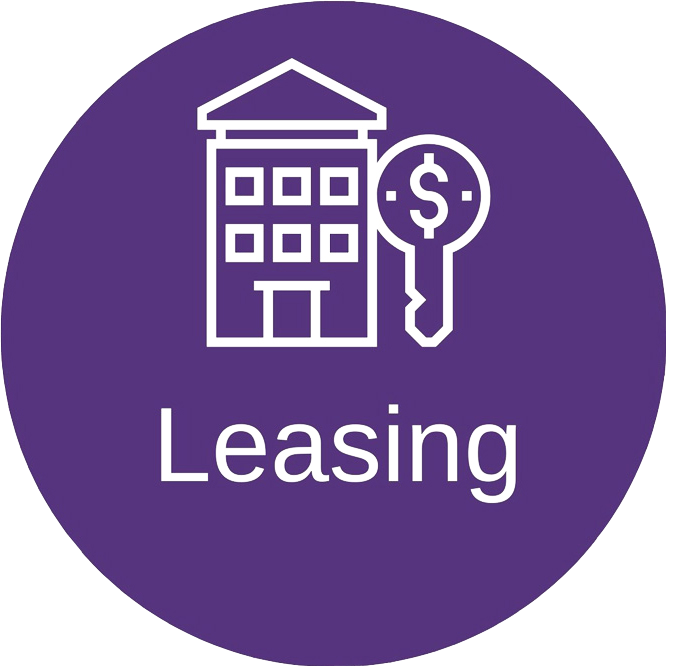All eyes are on mounting debt in the commercial real estate world, which continues to struggle with higher interest rates, a more cautious lending environment and muted return-to-office and leasing activity in the wake of the Covid-19 pandemic.
Nearly $1.5 trillion in commercial real estate debt is maturing by the end of 2025, Morgan Stanley analysts found this spring.
The Business Journals recently examined properties nationally that secure debt in commercial-mortgage backed securities loan portfolios, obtained via financial filings with Bloomberg, to pinpoint which metro areas will see the most CMBS debt maturing by the end of 2024 — and could face disproportionate challenges at refinancing, given current economic pessimism.
The analysis examined all commercial real estate property types financed with CMBS debt and loans current on payments, as well as those marked by loan servicers as facing some amount of distress.
When filtering to look at only distressed loans — ones on loan servicer watchlists or in special servicing or marked as delinquent, in foreclosure, bankrupt or matured and nonperforming — set to expire by Dec. 31, 2024, a similar picture emerges.
New York has 149 CMBS loans facing distress that have a collective outstanding balance of $2.6 billion, followed by 79 loans with a total balance of $1.5 billion in Chicago and 134 loans with a balance of $1 billion in San Francisco.
To be sure, the CMBS market represents only a fraction of commercial real estate distress and loans maturing in any given metro area.
The wave of loans maturing is a concern for owners hoping to refinance or sell their assets in a tough capital markets environment and less appetite from lenders overall on, especially, office space.
Investors in real estate and capital sources like private equity have had to get creative and apply more scrutiny to deals, especially as they approach loan maturity.
The CMBS office delinquency rate, which stayed relatively low compared to other major asset classes during much of the pandemic, has risen more substantially in recent months, according to Trepp LLC, which closely tracks the CMBS market. In June, the CMBS office delinquency rate hit 4.5%, after starting the year at 1.86%.
Retail and hospitality assets continue to see the highest delinquency rates among properties carrying CMBS debt, with retail properties at 6.48% and lodging at 5.35% in June, Trepp found. But the gap between those delinquency rates and the office delinquency rate is quickly narrowing.
Within the next three years, loans are maturing on more than 9,500 office buildings and 17% of all U.S. office stock, an analysis by CommercialEdge, part of Santa Barbara, California-based real estate software company Yardi Systems Inc., found earlier this year.
Analysts and those who work closely with commercial real estate groups on financing properties have said most lenders don’t want to be in the business of owning real estate, especially troubled properties like vacant office towers.
That means some amount of “extend and pretend” — in which lenders lengthen loan terms on a property facing a loss in value instead of initiating a foreclosure — will occur, but some properties are facing significant cash-flow issues that won’t be resolved by kicking the can down the road.
Some major commercial real estate landlords have even decided to walk away from underperforming office properties.
With some of the biggest names in the office landlord world looking to give the keys back on their office properties, more landlords will likely embark on a similar strategy, Henry Stimler, executive managing director at Newmark Group Inc., told me earlier this year.
“A few years ago, walking away from a loan was a permanent black mark on your company,” he said. “But now, all of the cool kids are doing it … If the big boys are doing it, the smaller guys are also going to do that.”




